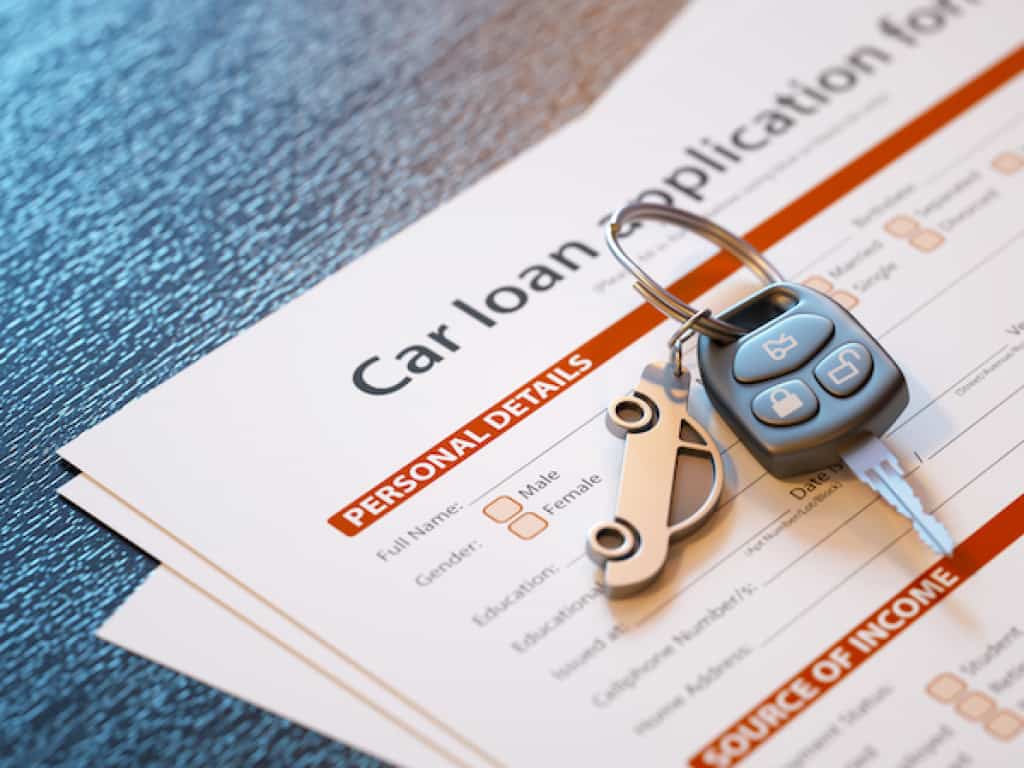Introduction
Deciding between financing a car or buying a used one outright isn’t just about monthly payments. It’s about long-term cost, depreciation, your credit situation and what you can afford both now and later. If you’re juggling tight budgets, interest rates, and the value you expect to get, this guide will help you weigh car finance against buying used, with fresh data pulled from 2025 to ensure you make an informed decision that matches your goals in today’s market.

Car Finance: What it Really Means In 2025
When you take out car finance, you’re agreeing to pay for all or part of a vehicle via instalments, usually with interest and sometimes with a balloon or final “balloon payment” structure. In 2025, UK car finance has seen both growth and challenges, shaped by consumer confidence, regulatory shifts and cost pressures.
The Finance & Leasing Association (FLA) reported that in March 2025, new business volumes in consumer car finance were up 11% year over year, with the value of new business growing by 18% compared to March 2024. New car finance is particularly strong, while used car finance is more mixed: value is up in many months, but volumes often lag behind.
Depreciation remains another crucial factor: on average, a UK car will retain about 50-52% of its original value after three years, though this has been gradually declining.
Types of Car Finance, Your Options & Expert Insights

There are several common finance methods, each with trade-offs. Below are the key ones, with up-to-date considerations, especially given inflation and changing consumer habits.
Hire Purchase (HP): You make a deposit, then monthly payments over a fixed term (often 2-5 years). Ownership transfers once all payments are made. With HP, you know what you’ll pay over time, but you carry the risk of higher payments if interest rates rise, and you’re often paying for depreciation plus interest.
Personal Contract Purchase (PCP): This has become very popular. After the deposit, you pay monthly, often lower than HP, and at the end you have options: return the car, pay a final sum (balloon payment) to own it, or move to another PCP. One expert insight: many PCP deals are structured so that you might end up owing more than the car is worth (“negative equity”) if depreciation is steep. In today’s market, selecting a PCP with realistic residual values is more important than ever.
No Deposit Car Finance: This is appealing if you cannot or do not want to put money down immediately. But rates tend to be higher, and your monthly payments often reflect that risk. It’s offered by many lenders, but always compare total cost.
Other Options (Personal Loans, Leasing):
A personal loan gives you the flexibility to choose your car, own it outright immediately, and often avoid dealer finance markup. But you’ll need good credit, and interest can add up. Leasing is more like renting; fewer responsibilities for depreciation, but you’ll face mileage and condition restrictions.
Costs, Risks & Depreciation: What Experts Are Saying

Car finance might seem attractive because you spread cost, drive a newer car, enjoy warranties, and often better safety or technology features. But experts warn of several risks.
Interest rates are influenced by broader economic indicators: the Bank of England base rate, inflation, consumer credit growth. In mid-2025, net borrowing through “other forms of consumer credit (such as dealership finance and personal loans)” increased, signalling that many are turning to finance options when cash flow is squeezed.
One major trend: the value of new-car finance is growing faster than used-car finance in many months, both in total value and number of deals. Consumers are favouring newer cars, even on finance, especially before regulatory changes like emissions or vehicle excise duty hikes.
Buying a Used Car Outright: What You Gain & What You Risk
Buying used with cash avoids interest, finance fees and monthly obligations. The initial price is lower, and since depreciation is most rapid in early years, you avoid that big loss. If you buy carefully, good service history, lower mileage, reliable model, you may enjoy many years of service for much less.
But there are trade-offs:
Mechanical or electrical issues may be more likely; warranties may be expired. You often miss out on the latest safety, emissions or tech features. Running costs (maintenance, tax, insurance) may be higher. And resale risk is still present: even used car values are sensitive to market supply, fuel-type laws, and emission/efficiency regulation.
How to Calculate Car Finance
To truly decide what’s better, you need to run the numbers for your situation. It isn’t enough to compare headline adverts. You must consider:
- The vehicle price
- Deposit (if any)
- Interest rate (APR) and whether it’s fixed or variable
- Term of the loan or finance agreement
- Any balloon or final payment (for PCP / balloon finance)
- Running costs: tax, fuel, insurance, maintenance, depreciation
For example, you might find that a PCP deal with low monthly payments looks tempting, but when you add the balloon payment at the end, plus depreciation and maintenance, the total cost over 3-5 years becomes significantly higher than buying a nearly new used car outright. Calculate your car finance with Choosemycar’s Car finance Calculator.
Conclusion
There’s no one-size-fits-all answer to whether car finance or buying a used car is better. In 2025, car finance continues to grow in popularity: new business volumes are up, consumers are using finance to access newer vehicles, even with constrained household budgets.
But rising interest rates, depreciation trends, and the total cost over time mean that buying used still holds strong appeal. What’s important is running the numbers for you: use tools like Car Finance Calculator, compare offers, understand all hidden costs (balloon payments, maintenance, insurance). That way, you choose what’s best for you, not just what looks appealing right now.





